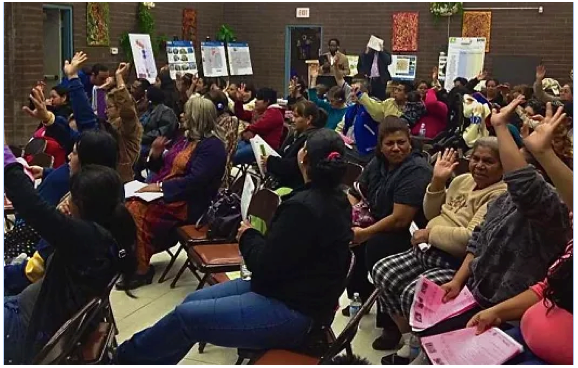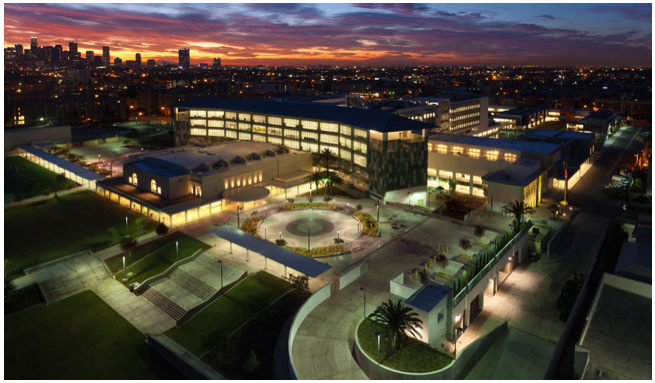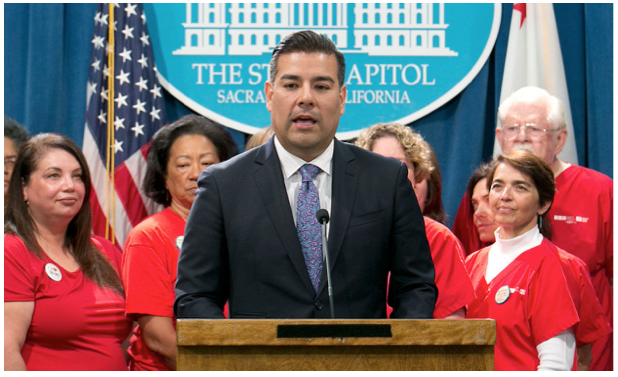We Need More than Words to Stem the Rising Tide of Homelessness
AT LENGTH-It is perhaps far too symbolic that Councilman Joe Buscaino will have his swearing-in ceremony for his second full term representing the 15th Council District at the reopening of Ken Malloy Harbor Regional Park and Machado Lake on June 17. It’s going to be a very fun family day with lots of activities and performances. Everyone is welcome, except the homeless. It only cost $130 million in renovations, plus the eviction of Reggie the alligator and some 167 homeless souls, considered “invasive species,” and neither will be welcomed back.





































